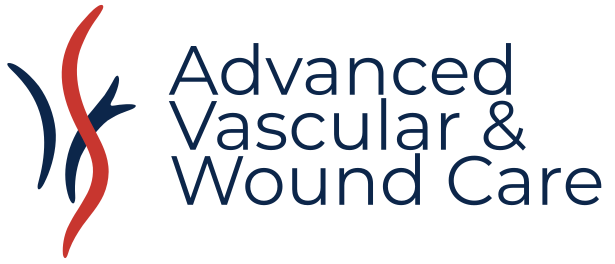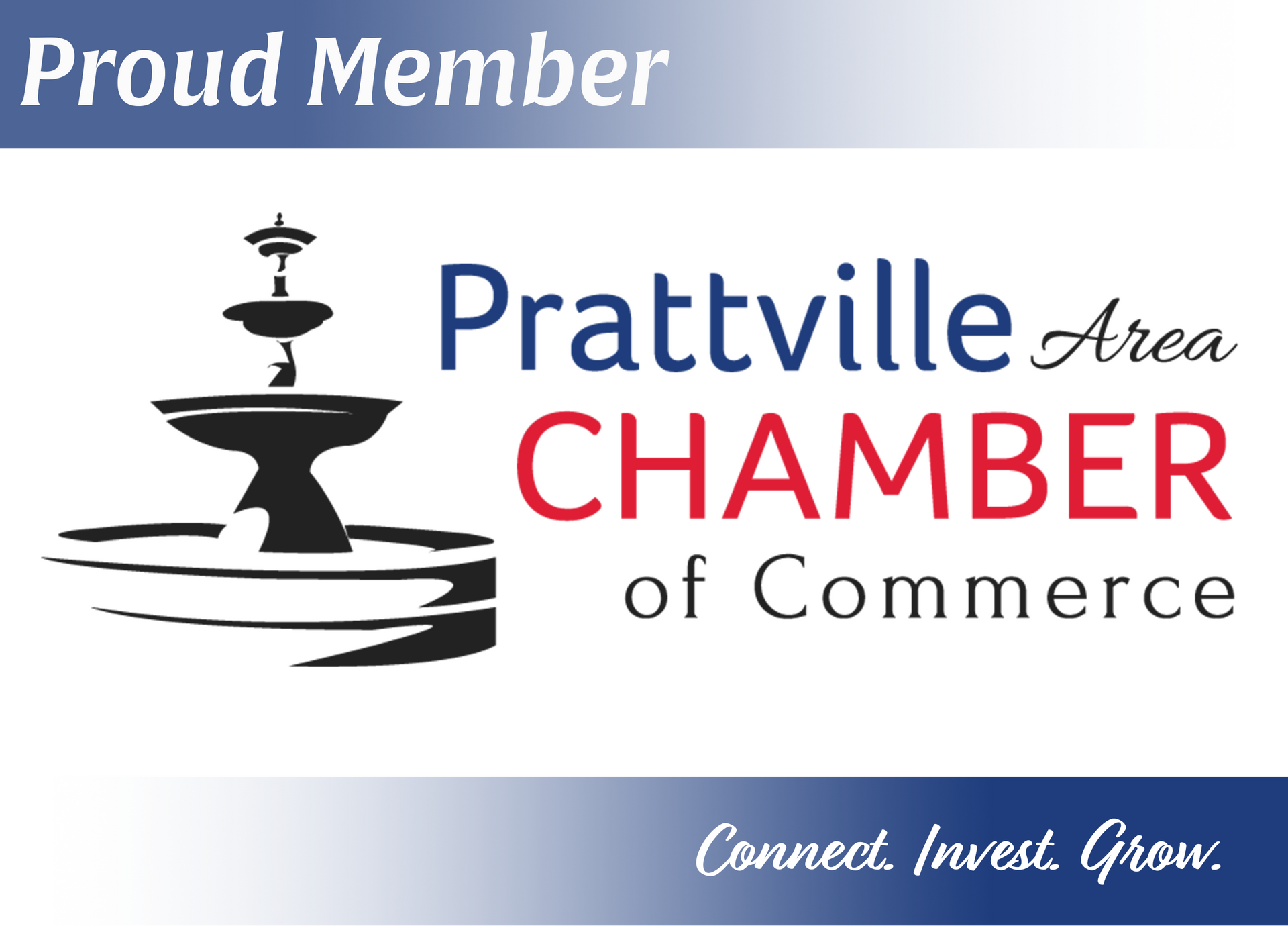Venous Reflux Treatment in Prattville, Alabama
Restore Healthy Circulation and Relieve Leg Discomfort
Stop the Ache, Swelling, and Fatigue in Your Legs
Venous reflux, also known as chronic venous insufficiency, is a common condition that causes blood to flow backward in your leg veins, leading to pooling, swelling, and uncomfortable symptoms. At Advanced Vascular and Wound Care in Prattville, Alabama, our board-certified vascular surgeons specialize in diagnosing and treating venous reflux using the most advanced minimally invasive techniques available.
Don't let tired, aching legs limit your daily activities. Expert treatment of venous reflux can restore healthy circulation and help you get back to enjoying life without leg discomfort.
Understanding Venous Reflux
When vein valves weaken or become damaged, blood flows backward instead of toward the heart. This causes pressure and blood pooling in the lower legs, which worsens over time without treatment.
Causes of Venous Reflux
Primary Causes: Hereditary weakness of vein walls and valves (most common), congenital absence or malformation of vein valves, and inherited connective tissue disorders affecting vein structure.
Secondary Causes: Previous deep vein thrombosis (DVT) damaging vein valves, leg trauma or surgery affecting venous anatomy, prolonged pressure on leg veins, and hormonal changes during pregnancy or menopause.
Contributing Factors: Age-related valve deterioration, prolonged standing occupations, multiple pregnancies, obesity increasing venous pressure, and lack of regular exercise affecting muscle pump function.
Symptoms of Venous Reflux
Early Symptoms: Heavy, tired feeling in legs especially by day's end, aching or throbbing leg pain, leg cramping particularly at night, and restless leg sensations that disrupt sleep.
Progressive Symptoms: Visible varicose veins development, ankle and lower leg swelling, skin itching or burning sensations, and worsening pain after prolonged standing or sitting.
Advanced Symptoms: Skin discoloration (brownish staining), skin texture changes becoming thick or leathery, chronic swelling that doesn't resolve overnight, and development of venous ulcers near the ankles.
How We Diagnose Venous Reflux
Ultrasound with Reflux Testing:
Identifies faulty valves and measures severity of backward blood flow
Venous Mapping:
Locates all affected veins and guides personalized treatment planning
Standing Studies:
Ensures accurate evaluation of vein function under real-world pressure
Minimally Invasive Treatments
Endovenous Laser Treatment (EVLT)
Laser energy seals faulty saphenous veins.
- Performed in-office under local anesthesia
- Immediate return to walking
- 95%+ long-term success
Radiofrequency Ablation (RFA)
Uses controlled heat to close malfunctioning veins.
- Very comfortable procedure
- Quick recovery
- Excellent symptom relief
VenaSeal™ Closure System
Medical adhesive seals veins without heat or tumescent anesthesia.
- No compression stockings required
- No downtime or activity restrictions
- Walk out and resume life immediately
Varithena® Foam
FDA-approved microfoam targets large refluxing veins.
- Excellent vein wall contact
- Minimally invasive
- Improves both symptoms and appearance
Compression Therapy
Medical-grade stockings to reduce symptoms and support healing.
- Often used before and after procedures
- Helps maintain long-term results
Benefits of Treatment
Immediate Relief:
Many patients feel better within days.
Minimally Invasive:
No general anesthesia, no hospital stay.
Cosmetic & Medical Benefits:
Treats swelling, heaviness, and varicose veins.
Covered by Insurance:
Most treatments approved when symptoms are documented.
Why Choose Advanced Vascular & Wound Care?
Dr. Justin Parden is board-certified in Vascular Surgery with extensive experience treating all forms of venous reflux using the latest techniques and technology. Our Prattville facility features advanced ultrasound equipment, modern laser and radiofrequency systems, and dedicated vein treatment rooms.
We provide comprehensive evaluation and treatment planning, ensuring each patient receives the most appropriate therapy for their specific condition. Our focus on both symptom relief and long-term venous health ensures optimal outcomes.
Caring for Your Legs After Treatment
We’ll provide instructions on:
- When to wear compression stockings (if applicable)
- When to return to work or resume workouts
- Signs of improvement and what’s normal to expect
- When to call about symptoms like pain, swelling, or warmth
Most patients walk immediately and resume daily activities within 1–2 days. Results continue improving over several weeks.
Frequently Asked Questions
Schedule Your Venous Reflux Evaluation
Tired of living with aching, swollen legs? Call (334) 659-4717 to schedule your personalized vein evaluation at Advanced Vascular & Wound Care—serving
Prattville, Montgomery, and Central Alabama with advanced, compassionate vascular care.

